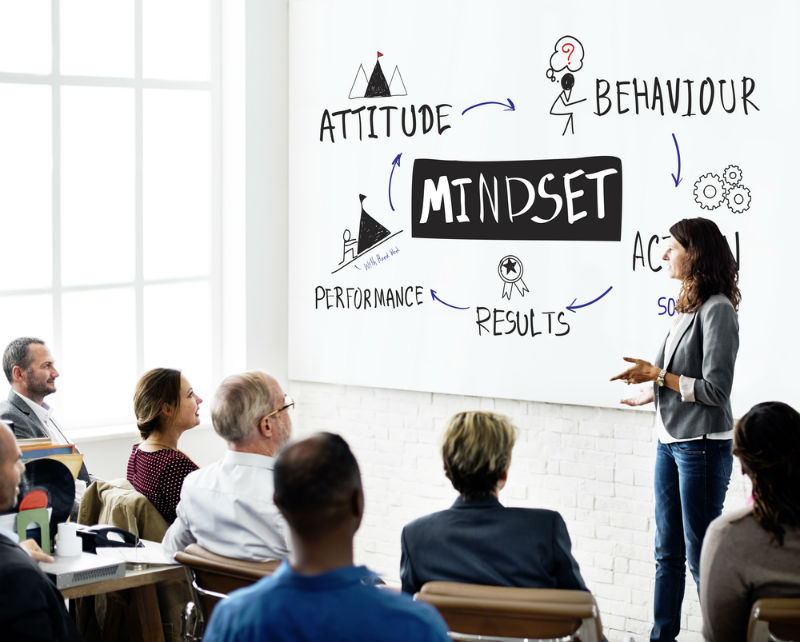While it’s difficult to change culture through training alone, it can be helpful


By Brian Kreissl
Training is generally used for improving skills, knowledge and abilities. However, many learning and development (L&D) and HR practitioners agree that all the training in the world won’t necessarily change attitudes, opinions, beliefs, long-established habits or a lack of self-confidence.
It is quite common for managers and executives to ask L&D professionals to design training programs with the intention of improving performance by assuming poor performance is caused by lack of training. However, if the problem is attitudinal in nature or is the result of someone just not doing their job (in spite of the fact they have all of the required knowledge, skills and abilities), simply providing more training likely won’t correct the problem.
Poor performance is caused by all sorts of reasons, and problems that are organizational or technological in nature, or are the results of poor leadership or a bad working environment, likely won’t be corrected by training. For that reason, trainers need to conduct a proper training needs analysis (or training needs assessment) (TNA) prior to designing, developing and delivering a training program. If the TNA shows performance gaps are not the result of inadequate knowledge or skills, the trainer may need to give pushback to the manager or executive in question and suggest some other type of intervention.
Changing organizational culture through training
Similarly, the prevailing thinking is it is almost impossible to change an organization’s culture through training and development. Managing organizational change is difficult enough, but when that change involves a cultural shift, it can be even more difficult to make the change “stick.”
It is nearly impossible to change hearts and minds and shift cultural practices, norms, values and rituals through training alone. That is because organizational culture is shared among many people, and it is very difficult to change established attitudes, habits and behaviours through training.
The thinking is training is great for improving knowledge, skills and abilities, but attitudes not so much. However, I believe training (and other types of facilitated learning) can at least help organizations change their culture over time in combination with other initiatives. The key is in understanding that cultural change takes time (often many years) and providing reinforcement and opportunities to practise new skills and behaviours after the facilitated sessions have ended.
It is also critical to understand that training must only be viewed as one small part of any cultural change initiative. Particularly important are providing ongoing communications and adequate context for the organizational change, revising competency frameworks, tweaking job descriptions, dealing with resistance to change, appointing the right people to key positions and having leaders model appropriate behaviours. Occasionally, it may even be necessary to have certain people exit the organization where they simply won’t buy into the cultural shift and are unduly negative about the change.
Development of organizational competencies
Training generally comes far down the list, but it can be helpful — particularly where cultural change relates to the development or enhancement of one or more competencies. For example, if an organization wants to adopt a culture that’s more customer-centric, providing customer service training is probably going to be quite important.
While there are undoubtedly other ways to promote a customer-service orientation — such as changing rules and policies so employees feel empowered to do pretty much whatever it takes to satisfy customers and making it safe for them to do so — employers should provide training on how to handle common situations involving customers. Such training won’t necessarily change attitudes (at least not right away), but it will at least help to set expectations and provide an opportunity to practise new skills and techniques.
Contrary to popular belief, competencies actually aren’t the same thing as innate abilities and are actually trainable (although natural traits and abilities do make it easier for some people to acquire and develop certain competencies). The types of competencies that relate to organizational change can often be the subject of training programs.
Particularly important is giving employees the opportunity to practise new skills and techniques on the job, and providing learning reinforcement weeks, months or even years later so the training isn’t forgotten. This can be accomplished through short e-learning courses (often called “microlearning”), videos, podcasts, e-books, posters, charts, “cheat sheets,” games, simulations, activities, refresher courses and simple e-mail messages.




